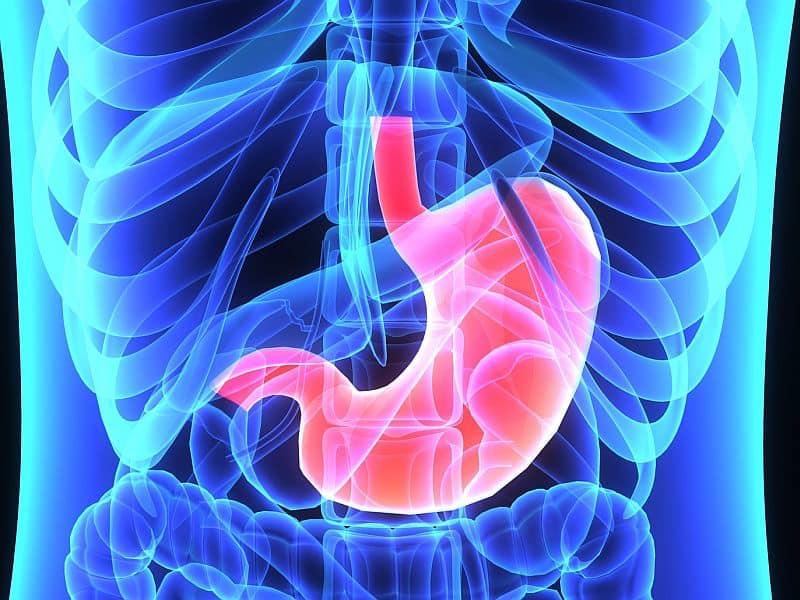For a study, researchers sought to find that in PubMed, EMBASE, and the Cochrane library, investigators searched for randomized controlled studies that contrasted fine-needle aspiration (FNA) with fine-needle biopsy (FNB) in a solid mass. The existence of tissue cores, the quantity of needle passes, the effectiveness of the diagnosis, and adverse events were all evaluated as outcome factors. The standard error, upper and lower confidence intervals and the risk’s 95% CI were calculated using Review Manager Version 5.3, which was also used to build forest plots for the pooled analysis. Either the random or the fixed effect model was employed, depending on the level of heterogeneity (I2). There were 2718 patients in all among 18 randomized control trial studies that made up the meta-analysis (1,141 patients with EUS-FNA, 1,108 patients with EUS-FNB, and the remaining 469 patients were sampled with both needles alternately). In terms of relative risk (RR): 0.94, 0.92-0.97; P=0.0002; diagnostic adequacy (RR: 0.95, 0.9-1.0; P=0.04); and high grade histologic yield (RR: 0.77, 0.64-0.93; P=0.007), the FNB group beat the FNA group in solid gastrointestinal lesions. To get enough tissue, the FNB group needed fewer needle passes (mean difference: 0.54, 0.45- For solid pancreatic disease alone, there was no difference in the accuracy of the histologic yield (RR: 0.60, 0.29-1.23, P=0.16) or the reliability of the diagnosis (RR: 0.97, 0.93-1.00, P=0.13).
Source- journals.lww.com/jcge/Abstract/2022/09000/A_Meta_Analysis_Comparing_Endoscopic.5.aspx


